Bats, Beetles, Butterflies… And Other Pollinators That Aren’t Bees (and How to Attract Them)
From bats and beetles to lemurs and people, the job of pollination goes far beyond our beloved bees.
Bats, Beetles, Butterflies… And Other Pollinators That Aren’t Bees (and How to Attract Them)
From bats and beetles to lemurs and people, the job of pollination goes far beyond our beloved bees.
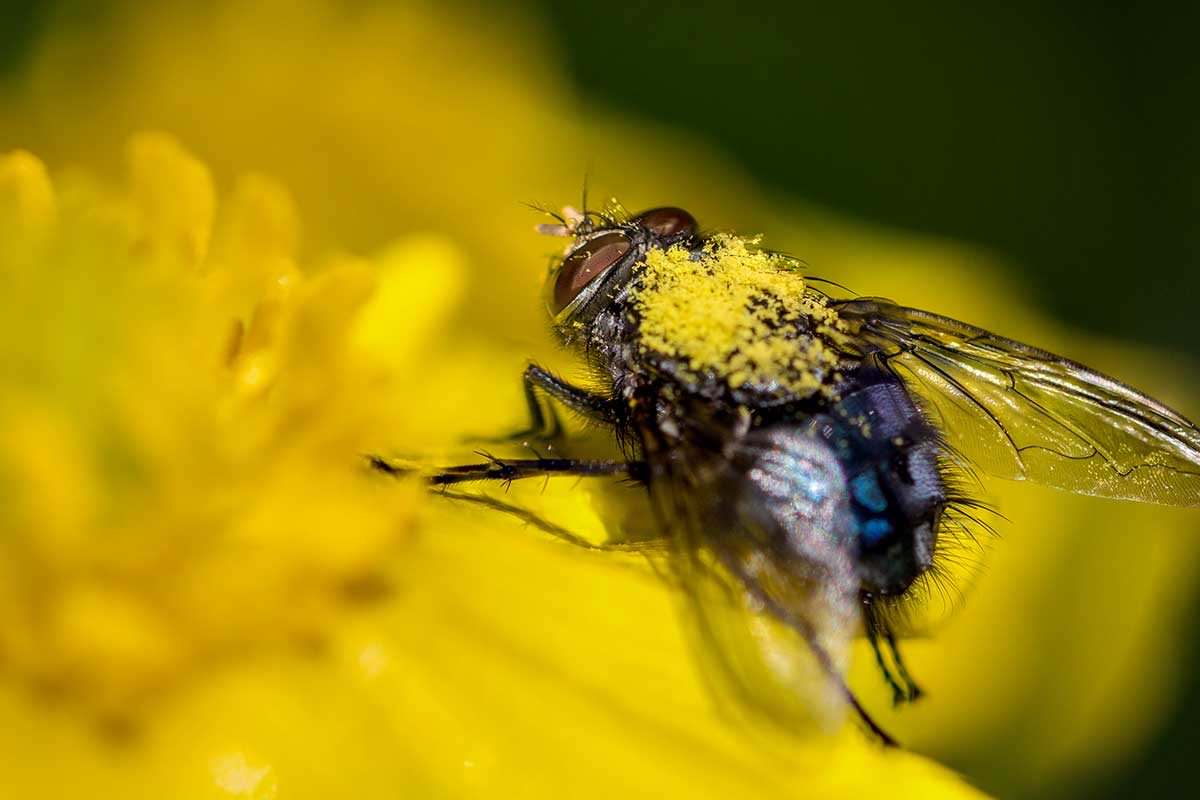
But there are a host of other critters performing this service for the world’s food crops all the time. One study found that non-bee insects account for 38 percent of pollination services in 17 major crops. Some non-bee pollinators are barely visible, such as tiny midge flies, while others are likely to give you a fright, like bats. Here’s a rundown of some of our lesser-recognized but still highly valuable pollinator buddies.
Pollinator: Bats
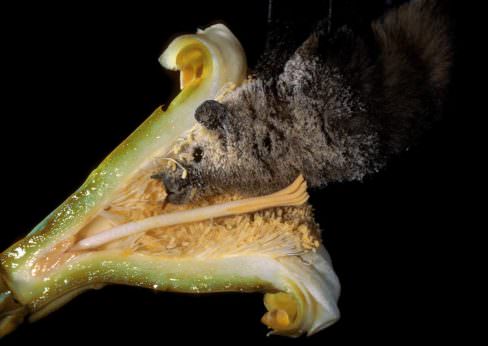
Bats pollinate more than 500 species of plants worldwide, including many tropical fruits: mango, banana, durian, guava, cashew, and others. They also pollinate agave plants in Mexico, the source of an alternative sweetener (agave nectar) and booze (tequila). Not surprisingly, they are experts at pollinating night-blooming species, and favor large bell-shaped flowers, especially white ones with a sweet fruity odor. Bats are not major pollinators in the temperate regions of the U.S., though they do help pollinate peaches and almonds, as well as a number of cacti in the Southwest.
To attract bats, install a bat house under your eaves or in a nearby grove of trees. You can also plant some of their favorite flowers: evening primrose, nicotiana, heliotrope, four o’clocks, moonflower, night-blooming jessamine, and honeysuckle.
Pollinator: Beetles
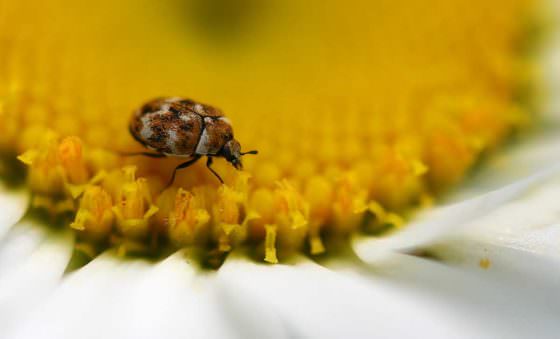
Beetles aren’t the most cute and cuddly creatures in the insect kingdom, but they play a major role in pollination. In fact, beetles were pollinating plants millions of years before bees even evolved. While they are not a primary pollinator for most food plants today besides a few obscure crops like macadamia nuts and pawpaws, beetles assist in the pollination of a large number of crops. There are hundreds of types of beetles, big and small, so almost any type of flower is fair game.
You don’t need to do much to attract beetles, as most live in the duff that naturally accumulates on top of the soil or on decaying bits of wood. So as long as you don’t maintain a scorched earth policy in your yard, or spray insecticides, beetles should roam aplenty.
Pollinator: Butterflies
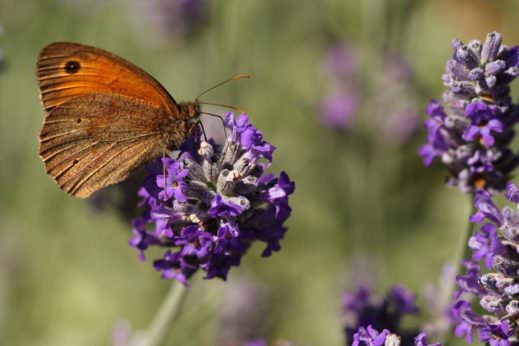
Butterflies are arguably the most charismatic of pollinators, and like bees, their populations are increasingly threatened. While bees are more likely to pollinate fruit crops, butterflies are primary pollinators for many vegetables and herbs, especially those in the carrot family (dill, fennel, celery, cilantro, parsnip), sunflower family (artichokes, lettuce, chicory, chamomile), legume family (peas, beans), mint family (lavender, basil, sage, rosemary, thyme, oregano), and brassica family (cabbage, kale, broccoli, cauliflower, Brussels sprouts). While pollination isn’t needed to produce the edible parts of these crops, as it is for fruiting plants, it is a prerequisite for seed production, on which next year’s planting depends.
Butterflies like large flower clusters that form a landing pad. To attract them, plant species such as yarrow, milkweed, coneflower, butterfly bush, alyssum, and calendula. They also like patches of wet earth from which to glean moisture and minerals.
Pollinator: Birds
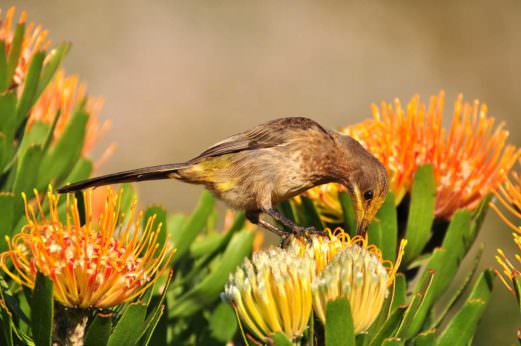
Hummingbirds are well known nectar-hounds, pollinating flowers as they dip their slender beaks for a drink. But in other reaches of the globe, many other birds provide this ecological service: sun birds and spider hunters (Africa and Asia); honeyeaters and lorikeets (Australia); flowerpeckers (Asia and Australia); honeycreepers (Central and South America); and sugarbirds (Africa). The planet’s 2,000 or so bird pollinators mainly visit wildflowers, though in the tropics they help to pollinate food crops such as bananas, papaya, and nutmeg.
You don’t need one of the those plastic feeders filled with sugary water to attract hummingbirds. Simply plant species with red or orange tubular flowers, such as salvias, honeysuckle, red-hot poker, and cardinal flower.
Pollinator: Flies, Wasps, Moths, and Other Insects
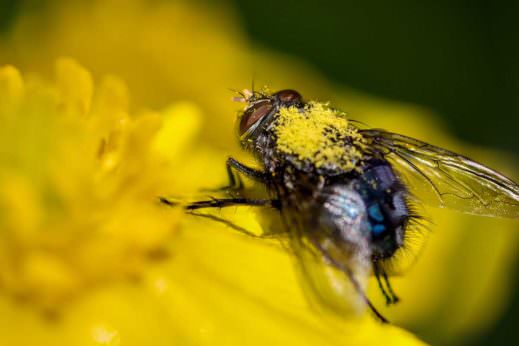
Bees get all the credit, but spend time in any flower patch and you’ll quickly notice a plethora of other flying insects busily scavenging amid the petals. Flies generally favor wildflowers in moist, shady places, though certain species of hoverflies are major pollinators of orchards across North America. Moths compete with bats at night for large fragrant flowers, including the tropical crops like cashew and papaya. Wasps (mainly small, stingless ones) help pollinate a variety of crops, though none are more dependent than figs, which are exclusively pollinated by a specialized type of fig wasp. Midges, tiny gnats the size of a pinhead, are the exclusive pollinators of Theobroma cacao, the tree that produces chocolate. Even mosquitoes and ants are known to visit flowers, passing grains of pollen from one to the other along the way.
As with beetles, attracting these additional insects to your garden is mainly about what you don’t do – namely, spraying insecticides.
Pollinator: Animals
Here’s another specialized animal pollinator that you might not have considered, one that is responsible for pollinating many food crops: humans. “Hand pollination” is used when crops are grown outside of the native range of their pollinators, in greenhouses, or where native pollinators simply aren’t efficient enough for commercial production. Crops that are often hand-pollinated include date palms, vanilla vines, cherimoya trees, kiwis, greenhouse tomatoes, and certain pear varieties. Tools of the trade include pollination brushes for individual plants (a watercolor brush also does the trick), and a variety of battery-powered wands, electric pollination guns, gas-powered sprayers, and manual pollen poofers for larger plantings.
Follow us
This work is licensed under a Creative Commons Attribution-NoDerivatives 4.0 International License.
Want to republish a Modern Farmer story?
We are happy for Modern Farmer stories to be shared, and encourage you to republish our articles for your audience. When doing so, we ask that you follow these guidelines:
Please credit us and our writers
For the author byline, please use “Author Name, Modern Farmer.” At the top of our stories, if on the web, please include this text and link: “This story was originally published by Modern Farmer.”
Please make sure to include a link back to either our home page or the article URL.
At the bottom of the story, please include the following text:
“Modern Farmer is a nonprofit initiative dedicated to raising awareness and catalyzing action at the intersection of food, agriculture, and society. Read more at <link>Modern Farmer</link>.”
Use our widget
We’d like to be able to track our stories, so we ask that if you republish our content, you do so using our widget (located on the left hand side of the article). The HTML code has a built-in tracker that tells us the data and domain where the story was published, as well as view counts.
Check the image requirements
It’s your responsibility to confirm you're licensed to republish images in our articles. Some images, such as those from commercial providers, don't allow their images to be republished without permission or payment. Copyright terms are generally listed in the image caption and attribution. You are welcome to omit our images or substitute with your own. Charts and interactive graphics follow the same rules.
Don’t change too much. Or, ask us first.
Articles must be republished in their entirety. It’s okay to change references to time (“today” to “yesterday”) or location (“Iowa City, IA” to “here”). But please keep everything else the same.
If you feel strongly that a more material edit needs to be made, get in touch with us at [email protected]. We’re happy to discuss it with the original author, but we must have prior approval for changes before publication.
Special cases
Extracts. You may run the first few lines or paragraphs of the article and then say: “Read the full article at Modern Farmer” with a link back to the original article.
Quotes. You may quote authors provided you include a link back to the article URL.
Translations. These require writer approval. To inquire about translation of a Modern Farmer article, contact us at [email protected]
Signed consent / copyright release forms. These are not required, provided you are following these guidelines.
Print. Articles can be republished in print under these same rules, with the exception that you do not need to include the links.
Tag us
When sharing the story on social media, please tag us using the following: - Twitter (@ModFarm) - Facebook (@ModernFarmerMedia) - Instagram (@modfarm)
Use our content respectfully
Modern Farmer is a nonprofit and as such we share our content for free and in good faith in order to reach new audiences. Respectfully,
No selling ads against our stories. It’s okay to put our stories on pages with ads.
Don’t republish our material wholesale, or automatically; you need to select stories to be republished individually.
You have no rights to sell, license, syndicate, or otherwise represent yourself as the authorized owner of our material to any third parties. This means that you cannot actively publish or submit our work for syndication to third party platforms or apps like Apple News or Google News. We understand that publishers cannot fully control when certain third parties automatically summarize or crawl content from publishers’ own sites.
Keep in touch
We want to hear from you if you love Modern Farmer content, have a collaboration idea, or anything else to share. As a nonprofit outlet, we work in service of our community and are always open to comments, feedback, and ideas. Contact us at [email protected].by Brian Barth, Modern Farmer
June 20, 2017
Modern Farmer Weekly
Solutions Hub
Innovations, ideas and inspiration. Actionable solutions for a resilient food system.
ExploreExplore other topics
Share With Us
We want to hear from Modern Farmer readers who have thoughtful commentary, actionable solutions, or helpful ideas to share.
SubmitNecessary cookies are absolutely essential for the website to function properly. This category only includes cookies that ensures basic functionalities and security features of the website. These cookies do not store any personal information.
Any cookies that may not be particularly necessary for the website to function and are used specifically to collect user personal data via analytics, ads, other embedded contents are termed as non-necessary cookies.
It looks like if it were not for the existence of our precious pollinators, I would not be able to enjoy my favourite dessert- vanilla ice cream ( orchids need mosquitoes) , covered with blue berries ( bumble bees), Macadamia nuts (beetles) and shavings of 70% chocolate (midges)